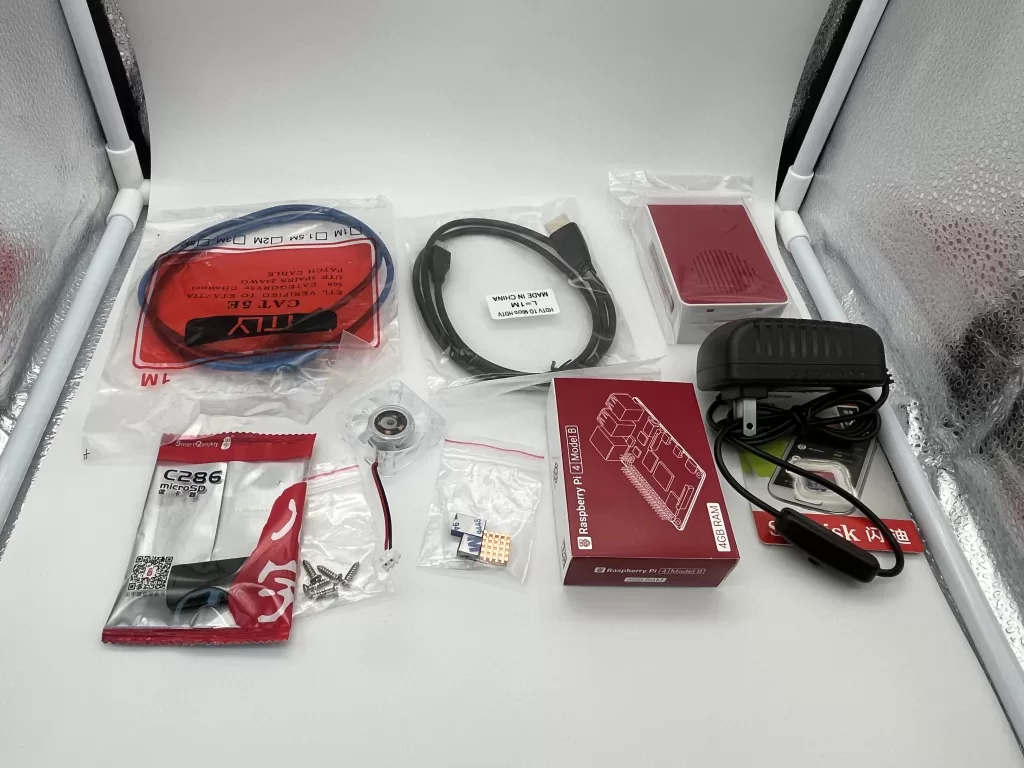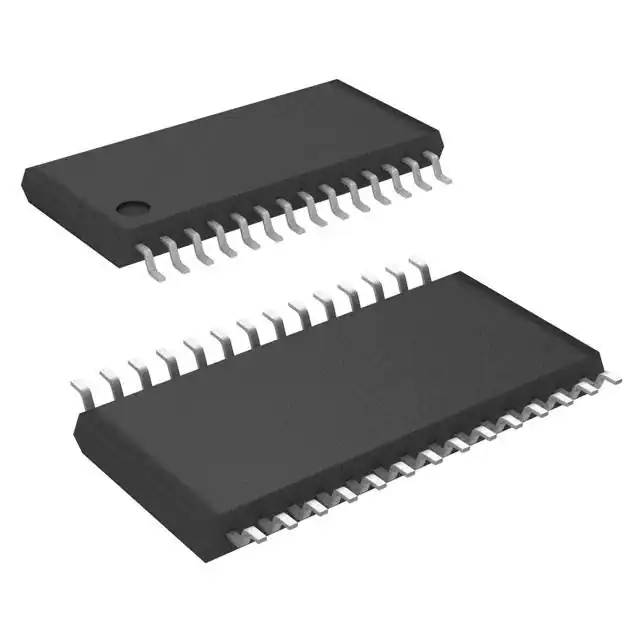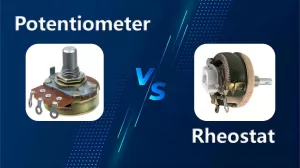Digital signal processors (DSPs) and microprocessors are two different categories of processors that are used to process and operate electronic dev...
View detailsTaking a Closer Look at Resistors: Functions and Applications
Basic electronic components known as resistors are essential for regulating the flow of electric current in circuits. They are widely used in contemporary electronics for a variety of purposes, from straightforward voltage dividers to intricate filters and amplifiers.
In this blog, we will delve into the world of Resistors, exploring their functionality, types, and applications. From understanding the concept of resistance to examining specific Resistor types and their symbols, we will cover it all. So, let's embark on a journey to unravel the mysteries of Resistors and gain a deeper understanding of how they work.
What is a Resistor?
A resistor is a type of electrical component with a set resistance. Resistance is a metric for how challenging it is for current to flow through a substance. It is harder for current to flow when resistance is higher.
Metal or carbon are common conductive materials used to make resistors. The material composition, length, and cross-sectional area of a resistor all affect its resistance.

Is a lightbulb a Resistor?
In the conventional sense, a lightbulb is not a resistor. It is a machine that changes electrical energy into luminosity. Nonetheless, resistance exists in light bulbs, and this resistance is utilized to regulate the brightness of the bulb.
Different types of Resistors
There are many different types of Resistors available, each with its unique characteristics. Some of the most common types of Resistors include:
- Carbon composition Resistors: A combination of carbon and other materials go into making these resistors. They are easier to make and reasonably priced, but their tolerance is lower than that of other types of resistors.
- Thin film Resistors: A thin layer of metal is deposited on a ceramic substrate to create these resistors. Compared to carbon composition resistors, they are less prone to experience value changes over time and have a higher tolerance.
- Metal film Resistors: Metal film resistors are constructed from a thin layer of metal that has been deposited over a ceramic substrate. Compared to carbon composition resistors, they are less prone to experience value changes over time and have a higher tolerance.
- Wirewound Resistors: A wire is wound around a ceramic core to create these resistors. They have a very low tolerance and can withstand high power levels.
- Variable Resistors: Also referred to as potentiometers, these resistors enable resistance adjustment. They are frequently utilized in volume controls and other settings where adjusting the circuit's resistance is required.
Video related to Resistors
How Do Resistors Work?
When a voltage is applied across a Resistor, current will flow through the Resistor. The amount of current that flows will depend on the resistance of the Resistor and the applied voltage. The following equation describes the relationship between voltage, current, and resistance:
V = IR
Where:
- V is the voltage in volts (V)
- I am the current in amperes (A)
- R is the resistance in ohms (Ω)
The Importance of Resistors in Electronic Circuits
Resistors are essential components in electronic circuits. They are used for a wide variety of purposes, including:
- Controlling the flow of current: The amount of current that passes through a circuit can be managed with the use of resistors. Applications like lowering the brightness of LEDs or regulating a motor's speed can benefit from this.
- Dividing voltage: Resistors are a useful tool for dividing voltage into smaller portions. This is helpful for applications like dimming an LED display to different levels or powering several devices from one source.
- Creating filters: Filters that pass or block specific frequencies can be made using resistors. Applications like noise reduction in circuits and customizing an audio amplifier's sound profile can benefit from this.
The symbol for a Resistor
The following image shows the symbol for a fixed Resistor:

The total resistance of a series resistor arrangement is the sum of its resistances. The total resistance of a parallel connection of resistors is less than the resistance of each resistor alone.
How to use Resistors in circuits?
- Determine the resistance value: Determine the ideal resistance value that your circuit requires. This number, which is commonly expressed in ohms (Ω), indicates how much current will pass through the resistor.
- Select the appropriate resistor: Select a resistor whose resistance value satisfies your needs. Different types of resistors, including wire wound, metal film, and carbon film, have varying power ratings and tolerance levels. Make sure the resistor you choose can support your circuit's voltage and power dissipation needs.
- Connect the resistor in series or parallel: The resistor should be connected to other components either in series or parallel, depending on the circuit design. The resistor shares a common connection point with other components when connected in parallel, but it is connected in sequence with other components when connected in series.
- Calculate power dissipation: To make sure the resistor can withstand the heat produced, find out how much power it dissipates. The formula P = I^2 * R, where P is power in watts, I is current in amperes, and R is resistance in ohms, is used to calculate power dissipation.
- Read resistor color codes: To find the resistance value of a through-hole resistor, read the color bands on the resistor body. The color code chart, which can be found online or in electronic reference books, indicates a particular digit or multiplier by each color.
- Solder or connect the resistor: Solder the resistor leads to the proper locations on the circuit board when utilizing through-hole resistors. When connecting surface mount resistors, use solder paste, a reflow procedure, or a soldering iron.
- Test and verify: Make sure the circuit operates as intended by testing it after the resistor is connected. Verify that the voltage across the resistor and the current passing through it corresponds to your design specifications by measuring them with a multimeter.
Remember to handle resistors with care, as they are sensitive to heat and excessive current. You can successfully use resistors in your circuits to control current flow and obtain the desired electrical characteristics by following these steps.
Applications of Resistors
Resistors are used in a wide variety of practical applications, including:
- Lighting: LEDs and other light-emitting devices have their current flow restricted by resistors. By doing this, the gadgets are kept from overheating and burning out.
- Motors: The speed of motors is managed by resistors. You can adjust the resistance to change the amount of current that passes through the motor, which adjusts the motor's speed.
- Power supplies: To control the output voltage, resistors are used in power supplies. This contributes to the steady and reliable voltage output.
- Audio amplifiers: To produce a particular sound profile, resistors are used in audio amplifiers. You can modify the amplifier's frequency response and other features by changing the resistance.
- Communication systems: Resistors are used in communication systems to filter noise and improve signal integrity.
Conclusion
There are many different sizes and types of resistors available, and each has special qualities of its own. The particular needs of the circuit will determine which kind of resistor is best for a given application.
You can use resistors to design and construct electronic circuits that satisfy your needs if you understand the fundamentals of resistors and their uses.
FAQs about Resistors
Are Resistors directional?
No, resistors don't have a direction. They allow both directions of current flow.
How to replace a blower motor Resistor?
To replace a blower motor Resistor, you will need to follow these steps:
- Turn off the blower motor's electricity.
- Take out the vehicle's blower motor resistor.
- Put in the new resistor for the blower motor.
- Reconnect the blower motor's power supply.
Where is a blower motor Resistor located in vehicles?
The blower motor Resistor in a vehicle is typically located near the blower motor. It is often mounted on the firewall or the underside of the dashboard.
Ella
Ella is a skilled embedded systems engineer with experience in PCB design and microcontroller programming. She is committed to following the most recent developments in the field and is constantly seeking for ways to apply them to her work.
WEW ALL POSTS BYElla-
DSP vs. Microprocessor: What is the difference between them? 605
-
Decoding Modems: What Are They and How Do They Work? 132
In this blog, we will dive deep into the world of modems, exploring their functionalities, types, and how they operate to bring the internet to you...
View details -
Embedded System: Design, Examples and Applications 416
In this blog, the design, examples, and applications of embedded systems will be explored. By doing so, readers can understand the basic knowledge ...
View details -
A Guide to Choosing the Best KVM Switch for Your Setup 55
In this blog, we will delve into the world of KVM switches, explaining their functionalities, exploring their applications, and equipping you with ...
View details -
DIN Rail Terminal Blocks: A Comprehensive Guide 514
Terminal blocks are essential components in electrical systems, providing a convenient and organized way to connect and distribute power or signals...
View details -
Potentiometer vs Rheostat: Understanding the Key Differences 434
Potentiometers and rheostats are two essential parts in the world of electronics that control voltage and current. Their applications and efficacy ...
View details
 Ampheo Electronics
Ampheo Electronics






